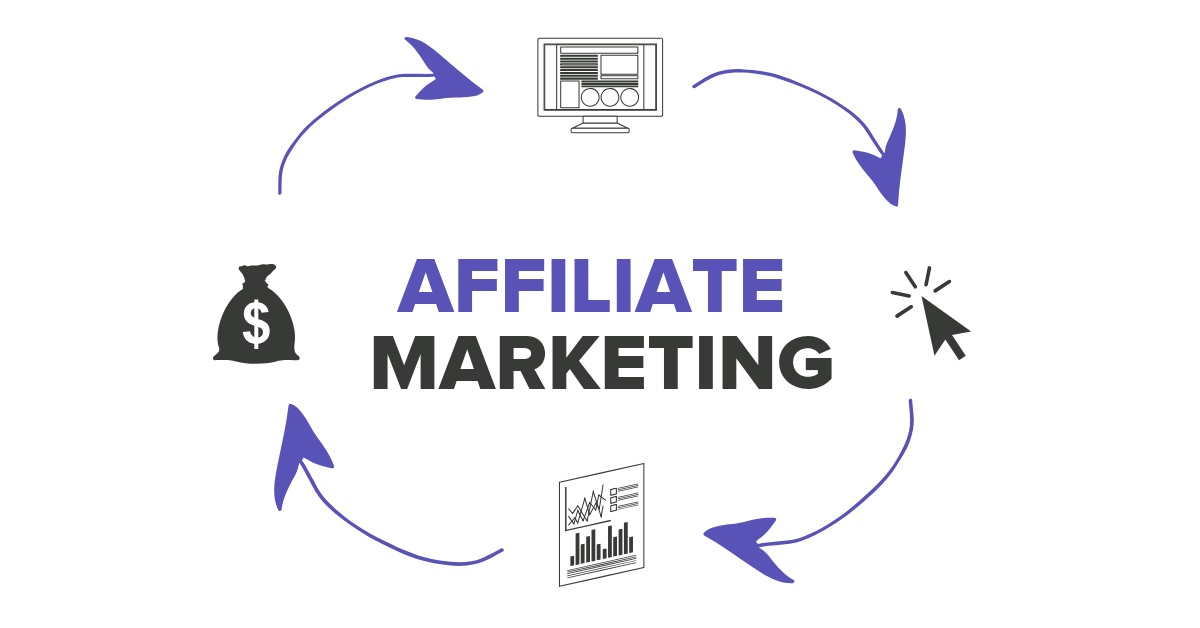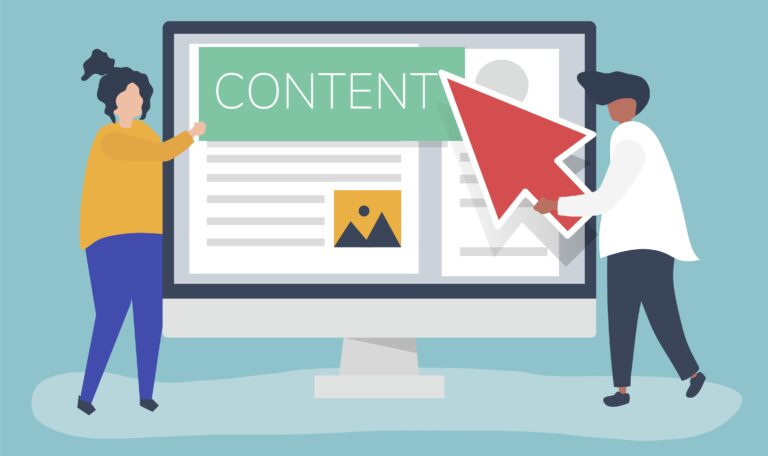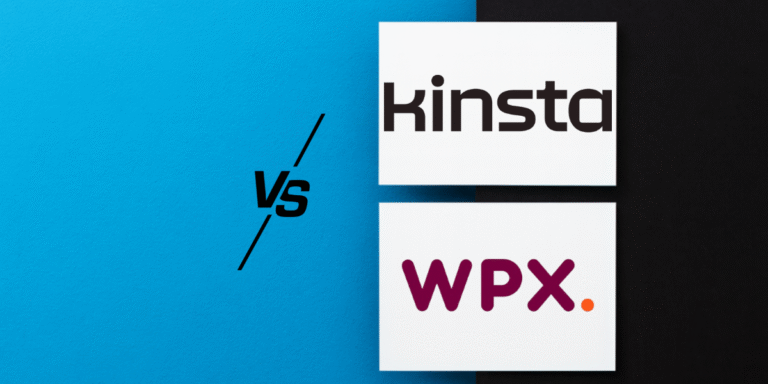How to Monetize Your Personal Blog Without Selling Your Soul

Turn your personal blog into a money-making machine while keeping your authenticity intact
How to monetize your personal blog starts with understanding that it’s not about getting rich quick, it’s about building something sustainable that actually helps people.
I still remember the day I made my first $3 from my blog. My friend Diane laughed at me because I was more excited about those three dollars than I’d been about my freelance checks.
But here’s the thing: that $3 represented something bigger. It meant someone valued my content enough to take action.
Fast forward two years, and that blog now generates enough to cover my rent in this tiny studio apartment (and my occasional whiskey nights).
Most bloggers jump into monetization like they’re trying to squeeze blood from a stone. They slap ads everywhere, promote everything, and wonder why their readers run away faster than I do from small talk at networking events.
What No One Tells You About Blog Monetization

Let me be real with you, monetizing your personal blog is harder than these “blogging gurus” make it seem. I’ve seen too many bloggers burn their audience to the ground chasing quick cash.
I made this mistake early on.
I promoted some crappy course because the commission was juicy, and my readers called me out. Hard. One comment still haunts me: “I trusted you, Mia. This course was horseshit.”
That hit differently than any criticism about my writing ever did.
Foundation: Know Your Worth (And Your Audience)
Before we dive into monetization strategies, it’s essential to understand a fundamental aspect: your personal blog’s value isn’t just in the content you create.
It’s in the relationship you build with your readers.
Start With These Questions:
- What problems do your readers actually have?
- What would they pay to solve those problems?
- How can you solve those problems better than anyone else?
I spent six months analyzing my Google Analytics (boring, I know) and realized my readers weren’t just interested in blogging tips. They wanted to know how to make their blogs profitable without compromising their voice.
Strategy 1: Affiliate Marketing (The Right Way)

Affiliate marketing often gets a bad rap because many people approach it incorrectly.
Read: Affiliate Marketing Secrets of 2026 (and How to Do It Right)
They promote everything and anything, turning their blog into a shopping mall nobody wants to visit.
My Affiliate Marketing Rules:
Only promote what you actually use: I’ve been burned by promoting tools I hadn’t fully tested. Now I use everything for at least a month before even considering it.
Be transparent as hell: I tell my readers exactly why I’m recommending something, what the downsides are, and whether there are better alternatives.
Focus on solving problems, not selling products: When I write about Kit or Beehiiv, I’m not trying to get commissions. I’m sharing how it helped me organize my email mess.
Tools That Really Work:
- Kit or Beehiiv: Great for email marketing, but the learning curve is steeper than my last relationship
- WPX Hosting or Kinsta: Solid hosting, suitable if you are already making money
- Fastcomet, Greengeeks, or InMotion Hosting: Best options for beginners who need performance without compromise
- Canva Pro: Makes design less painful for non-designers like me
- Thirsty Affiliates: Track your links and make them beautiful
- Kadence, Astra Theme, or GeneratePress: WordPress themes that deliver performance and conversions.
Last month, I made $1000+ from affiliate commissions. Not life-changing money, but enough to cover my groceries and that expensive coffee I pretend I don’t need.
Strategy 2: Digital Products (Your Golden Ticket)

This is where the real money is. Digital products have insane profit margins because you create them once and sell them forever.
What Works for Personal Blogs:
Ebooks and Guides: I created a prompt bundle, “AI Blogging Prompt Bundle,” that has made a significant amount of money. I keep updating the product.
Templates and Resources: Bloggers love shortcuts. I sell blog post templates, social media templates, and content calendars. My template bundle makes about $300/month consistently.
Mini-Courses: Not talking about $2,000 masterclasses. I mean focused, actionable courses that solve one specific problem. My “Blog SEO in 30 Days” course sells for $97 and has a 23% conversion rate.
What’s The Secret?
Create products that solve problems you’ve actually faced.
My best-selling resource? A spreadsheet that tracks blog income and expenses. I made it because I was tired of shoving receipts in a drawer and hoping for the best.
Strategy 3: Sponsored Content (Without Selling Out)

Sponsored posts can be goldmines or reputation killers.
The difference is in how you approach them.
My Sponsored Content Guidelines:
Choose partners carefully. I turn down 90% of sponsored opportunities because they don’t align with my values or my audience’s needs.
Maintain editorial control. I write the content. They can suggest, but I have the final say. Non-negotiable.
Disclose everything. “This post is sponsored by…” should be obvious, not hidden in fine print.
I charge $100-300 for a sponsored post on my blog (with 15K monthly pageviews). It’s not Fortune 500 money, but it pays for my monthly expenses when I land 2-3 good partnerships.
Strategy 4: Services and Consulting

Your personal blog is the perfect platform to showcase your expertise and attract clients.
What I Offer:
Blog Audits: $150 for a comprehensive review of someone’s blog strategy
Content Strategy Sessions: $75/hour for one-on-one coaching
Done-for-You Content: $200 per blog post for select clients
The key is positioning yourself as the solution to your readers’ problems. I don’t chase clients, they find me through my content.
Strategy 5: Email List Monetization

Your email list is more valuable than your social media following.
Period.
I have 5,200 email subscribers, and they generate more income than all my other platforms’ followers ever did. Email subscribers actually buy things.
Email Monetization Tactics:
- Welcome sequences that sell: My 5-email welcome series has a 12% conversion rate
- Regular product mentions: Not pushy, just helpful recommendations
- Exclusive offers: List subscribers get early access and discounts
The Income Breakdown (Because You’re Curious)
Here’s what my blog made last month:
- Affiliate commissions: $1000+
- Digital products: $1,230
- Sponsored posts: $600
- Consulting calls: $375
- Total: $3,205
Not enough to quit my freelance work yet, but it’s growing every month. More importantly, it’s a sustainable income that doesn’t require me to work 16-hour days.
Common Monetization Mistakes (That I’ve Made)
Mistake #1: Monetizing too early. I tried to make money before I had an audience. Spoiler: nobody bought anything.
Mistake #2: Chasing every opportunity. I said yes to everything and spread myself thinner than my patience on Monday mornings.
Mistake #3: Copying other bloggers. What works for a parenting blog won’t work for a personal development blog. Know your audience.
Mistake #4: Focusing on money over value. When I stopped thinking “How can I make money?” and started thinking “How can I help people?”, everything changed.
The Long Game Strategy
Monetizing your personal blogIt’s not a one-day win; it’s a steady climb where you occasionally walk, sometimes crawl, and hopefully don’t give up.
Focus on These Fundamentals:
- Create valuable content consistently
- Build genuine relationships with your readers
- Solve real problems people face
- Stay authentic to your voice and values
The money follows value, not the other way around.
Tools That Will Help
For Analytics: Google Analytics (free) or Jetpack for WordPress
For Email Marketing: Kit (formerly ConvertKit) or Beehiiv
For Affiliate Tracking: Pretty Links or Thirsty Affiliates to manage and track affiliate links
For Product Creation: Canva Pro for graphics and Gumroad or SendOwl for selling
For Video Promotions: InVideo, Synthesia, Fliki AI, or FlexClip

Behind the Gloss
Most personal blogs never make significant money. That’s not to discourage you – it’s to set realistic expectations.
Success in blog monetization requires:
- Patience (we’re talking months, not weeks)
- Consistency (showing up even when you don’t feel like it)
- Value creation (solving problems, not just talking about yourself)
- Audience building (quality over quantity)
My Biggest Monetization Lesson
The biggest lesson I’ve learned? How to monetize your personal blog potential is directly tied to how well you solve problems for your readers.
Stop asking “How can I make money from my blog?” and start asking “How can I help my readers achieve their goals?”
The money follows the value. Always.
FAQs
How much traffic do I need to start monetizing?
You can start with as little as 1,000 monthly pageviews, but focus on engagement over pure numbers. I’ve seen blogs with 5,000 engaged readers out-earn blogs with 50,000 passive visitors.
Which monetization method makes the most money?
Digital products typically have the highest profit margins, but affiliate marketing is often easier to start with. I recommend beginning with affiliate marketing while developing your own products.
How long does it take to make significant money?
Most successful bloggers see meaningful income after 12-18 months of consistent effort. My blog took 14 months to hit $1,000/month consistently.
Should I focus on one monetization method or multiple?
Start with one method, master it, then diversify. I started with affiliate marketing, added digital products, and then expanded to services.
Trying everything at once leads to mediocre results.
How do I know what products to create?
Pay attention to the questions your readers ask most frequently. My best-selling products solve problems that kept showing up in my comments and emails.
Is it better to have high-priced or low-priced products?
Both work, but they serve different purposes. I use low-priced products ($10-50) to build trust and higher-priced services ($200+) for serious income. The sweet spot for most personal blogs is $50-150 products.
Remember: Monetizing your personal blog is about building something sustainable that serves your readers while supporting your goals. Focus on value first, and the money will follow.





